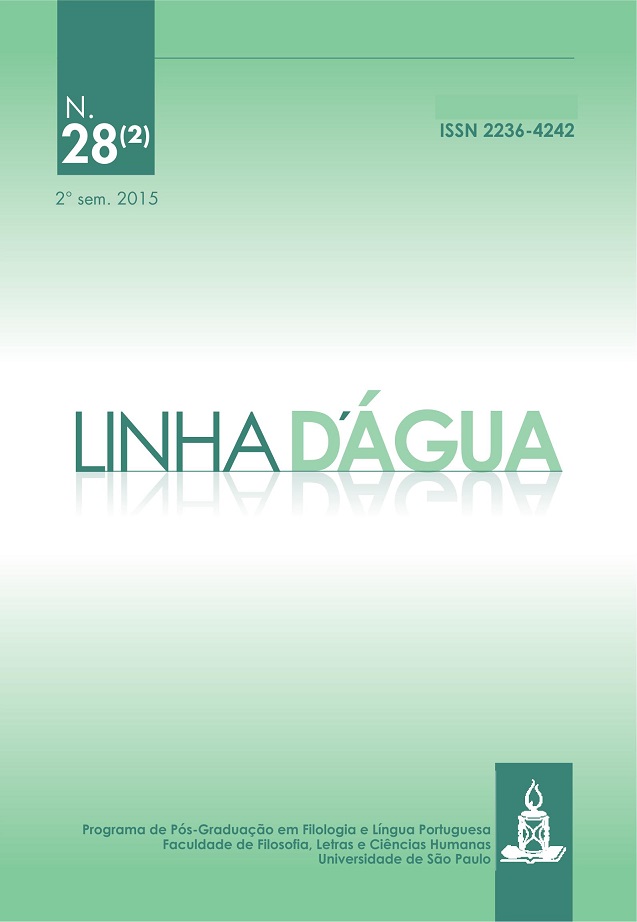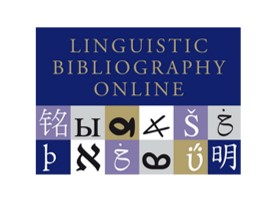Discursive Gender and New Languages in Portuguese Language Teaching
DOI:
https://doi.org/10.11606/issn.2236-4242.v28i2p26-43Keywords:
Discursive Genre, Reading, News Report, Verbal-Visuality, Dialogic Theory of Language.Abstract
The new languages that circulate in different genres increase the possibilities of reading in classroom. So the purpose of this article is to discuss the meaning effects expressed by verbal-visual language of a printed report in order to observe the dialogical relationship that underlie the utterance and its meaning effect. To accomplish this, the analysis is based on Bakhtin’s Circle dialogical theory and also on some researchers’ theory about verbal-visual language in various genres, as proposed by Sobral (2010), Puzzo (2011), Berti-Santos (2011), Brait and Pistori (2012), Brait (2013), Dondis (2003) e Guimarães (2004). To accomplish this pro-posal it was selected a news report The history of a look of Eliane Brum’s from the collection The life that nobody sees (2006) which presents a significant relationship between the verbal text and the photography aesthetically crafted that integrates the utterance. Brum’s expressive style distinguishes her report from the daily newspaper, marked by syntactic fragmentation without damage the entire utterance. We hope that the analysis of this example suggests strategies of reading the verbal-visual language and its effects in media genres.Downloads
Downloads
Published
Issue
Section
License
The Editorial Board authorizes free access to and distribution of published contentes, provided that the source is cited, that is, granding credit to the authors and Linha D'Água and preserving the full text. The author is allowed to place the final version (postprint / editor’s PDF) in an institutional/thematic repositor or personal page (site, blog), immediately after publication, provided that it is available for open access and comes without any embargo period. Full reference should be made to the first publication in Linha D'Água. Access to the paper should at least be aligned with the access the journal offers.
As a legal entity, the University of São Paulo at Ribeirão Preto School of Philosophy, Sciences and Languages owns and holds the copyright deriving from the publication. To use the papers, Paidéia adopts the Creative Commons Licence, CC BY-NC non-commercial attribution. This licence permits access, download, print, share, reuse and distribution of papers, provided that this is for non-commercial use and that the source is cited, giving due authorship credit to Linha D'Água. In these cases, neither authors nor editors need any permission.
Partial reproduction of other publications
Citations of more than 500 words, reproductions of one or more figures, tables or other illustrions should be accompanied by written permission from the copyright owner of the original work with a view to reproduction in Linha D'Água. This permission has to be addressed to the author of the submitted manuscript. Secondarily obtained rights will not be transferred under any circumstance.










